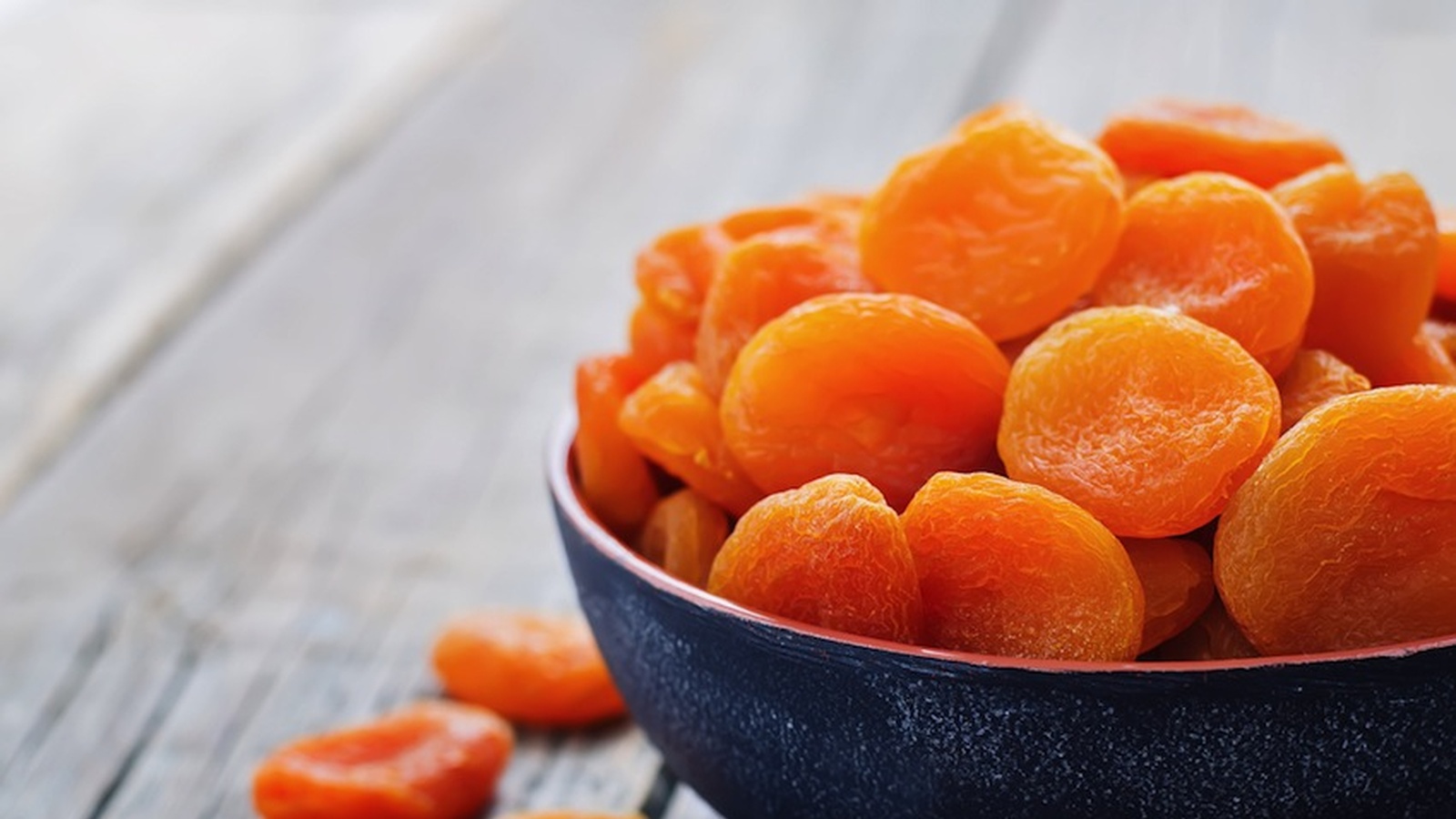The Dangers Of Dried Fruit
Dried fruit is probably the single biggest source of sulphur dioxide your children will ever encounter, although if they are affected, it is unlikely that either you or your doctor will make the connection.
In most countries around the world, dried fruit can contain extremely high amounts of sulphites – In Australia 3,000 parts per million (ppm) compared to 2,000 ppm in the UK, and these figures are higher per serve than any other food consumed by children. Figures from actual analyses are hard to come by, but government and industry reports say that levels can be close to or over the limit. Chemical analysis of dried apricots, peaches and pears found an average sulphite level of 2885 mg/kg. That means an average 200 gm packet of dried fruit would contain 577 mg of sulphur dioxide, or 144 mg per 50g serve. See below for comparison with other possible sulphite sources for children (sulphite levels are very variable):
- Dried fruit - 16 mg in one dried apricot
- Sausages - 8 mg in half a thin sausage
- Drinks - 5 mg in one glass of cordial
- Hot chips - 1 mg in half a cup of hot chips
To put that into perspective, the Acceptable Daily Intake for a 10-year-old weighing 21kg is just 15mg of sulphite per day.
The facts
• a national study published in 1996 found that Australian two-year-olds ate seventy times more dried fruit than 12-year-olds per kg of body weight
• in 1999, the World Health Organisation (WHO) warned that up to 20-30 per cent of childhood asthmatics may be sensitive to sulphite preservatives, and recommended that the use of sulphite preservatives should be reduced or phased out wherever possible
• in 2005, re-analysis of the same data above using a different method found that high sulphite consumers of nearly all ages consume more than the Acceptable Daily Intake for sulphites - especially children in the 2-5 age group where on average boys have an intake of approximately 3 times the ADI
• schools across Australia promote dried fruits for snacks according to new anti-obesity canteen guidelines; packet snack foods and drinks including flavoured water sold in school canteens often contain additives associated with asthma
• parents of asthmatic children are rarely warned by their doctors about the effects of sulphites on asthma
• despite the WHO warning, the National Asthma Council says that diet does not affect asthma
• asthmatics do not see a connection between what they eat and asthma unless the effect occurs within 30 minutes
• only a few severely sensitive asthmatics have an immediate reaction to sulphites and are thus aware of their sulphite sensitivity - asthmatics with milder sulphite sensitivity do not have an immediate reaction, and are generally unaware of their sensitivity. However, sulphites are likely to cause irritated airways with no obvious symptoms until the person is exposed to an asthma trigger such as cold air, running around (exercise) or a virus. When sulphites (and possibly other additives or natural food chemicals, see Asthma factsheet) are eliminated from the diet, the person is less likely to have asthma when exposed to a known trigger.
Real life stories...
Instant answer to my boys' asthma
With the knowledge I gained from books and the internet I was able to trace which foods did what. The cause of my 3-year-old's asthma became obvious (sulphites) when he would eat something out of the ordinary such as two apricot fruit bars (which he had not eaten in ages), come home, run around outside and have an asthma attack, which he has not had in ages. – Elisa, TAS
Asthma in elite athletes
I read the story on your website about the soccer player who was eating lots of muesli bars and developed exercise asthma. The same thing happened to my daughter. We thought she had outgrown her asthma but it came back when she started eating muesli bars recommended by her swimming coach. Her asthma got so bad she had to give up swimming with the squad. - Reader, by email
Adult with asthma
I am an adult with asthma. I went off milk and sulphite preservatives about 6 months ago, I have not had asthma since (unless I am 'naughty' and have some sulphite). - Elizabeth, ACT
Maya’s story (January 2007)
One mother reported that her two year old daughter Maya was a “huge dried fruit eater”, consuming two or three packets of dried apricots or similar and two or three fruit bars per week. At three packets of dried fruit per week that’s roughly 250 mg per day, or 20 times the Acceptable Daily Intake for an average two year old (0.7mg per kg bodyweight or half a dried apricot for a 2 year old) set by the World Health Organisation. Sulphites are associated with both asthma and cough.
Maya had been diagnosed with suspected bronchiolitis at nine months. “Ever since then, she has had bouts of coughing on a regular and frequent basis, often only two or three weeks apart, usually with a cold but occasionally following a slight fever,” wrote Maya’s mother. “The coughing can last all night at its worst - but usually is about 40 minute bouts every few hours. There is no apparent wheeze, although sometimes doctors have found a slight wheeze with a stethoscope. Very occasionally, it will resolve gradually after a week or two but usually becomes worse and requires antibiotics”. When Maya’s cough was diagnosed first as asthma, then as hypersensitive cough receptors, “the paediatrician advised that there was no link to diet and that she would probably grow out of it”. Although her mother had never noticed any connection, since avoiding sulphites Maya has been free of cough.
Preservative-free dried fruit is available
Dried tree fruit such as apricots, peaches, apples and pears are usually heavily sulphited unless from specialty stores. Dates, prunes, figs, sultanas and raisins may be sulphite-free (read the ingredients list) but contain high levels of natural salicylates that can affect about 20 per cent of asthmatics and over 70 per cent of children with behavioral problems. Pears, banana and pawpaw are the only fruits low in salicylates; pears are the only fruits low in both salicylates and amines; mangoes are amine free and lower in salicylates than most fruit except pears.
With all things, makes sure to check the labels for sulphites.
If you haven’t already, join our free global challenge at www.GetOffTheGluten.com to receive daily recipes & health tips, access to our private group for support and inspiration, plus before and after testing to track your progress in key areas of your life such as weight, sleep, bloating, skin-conditions, mental health and more!

